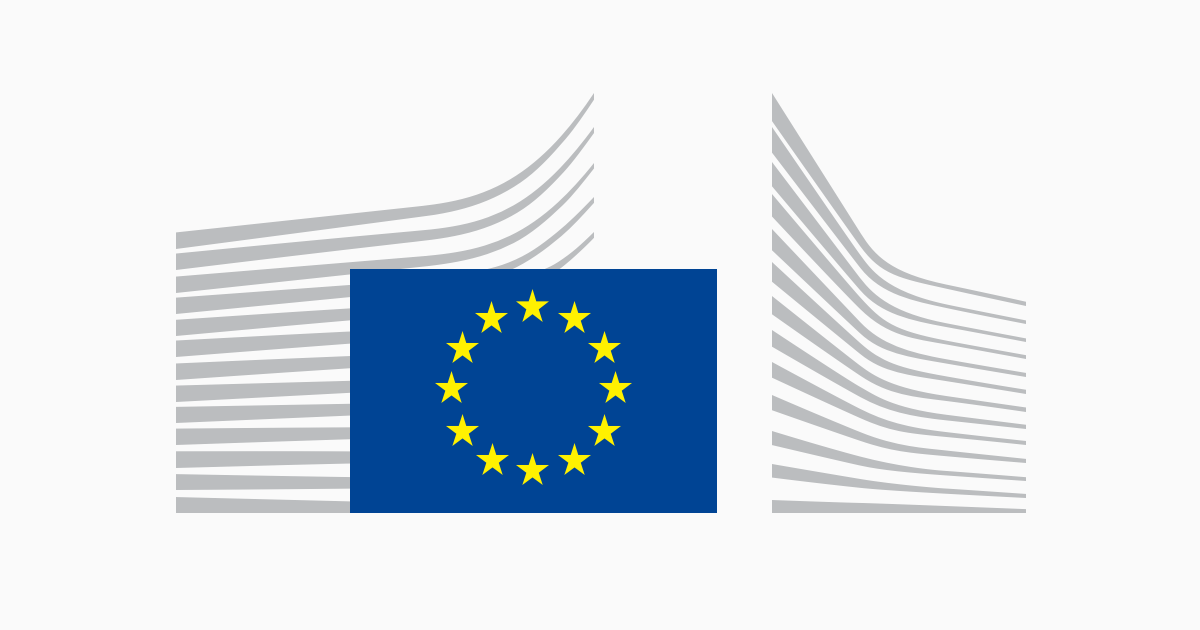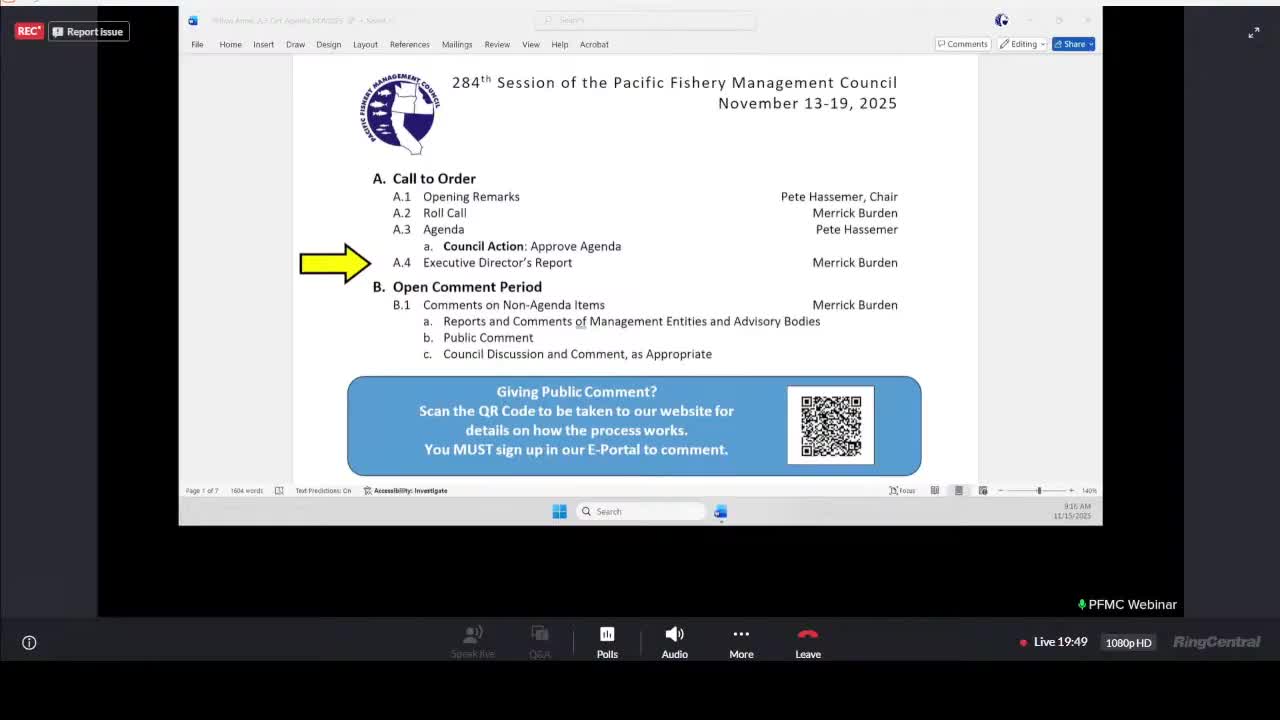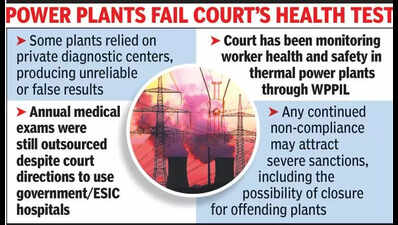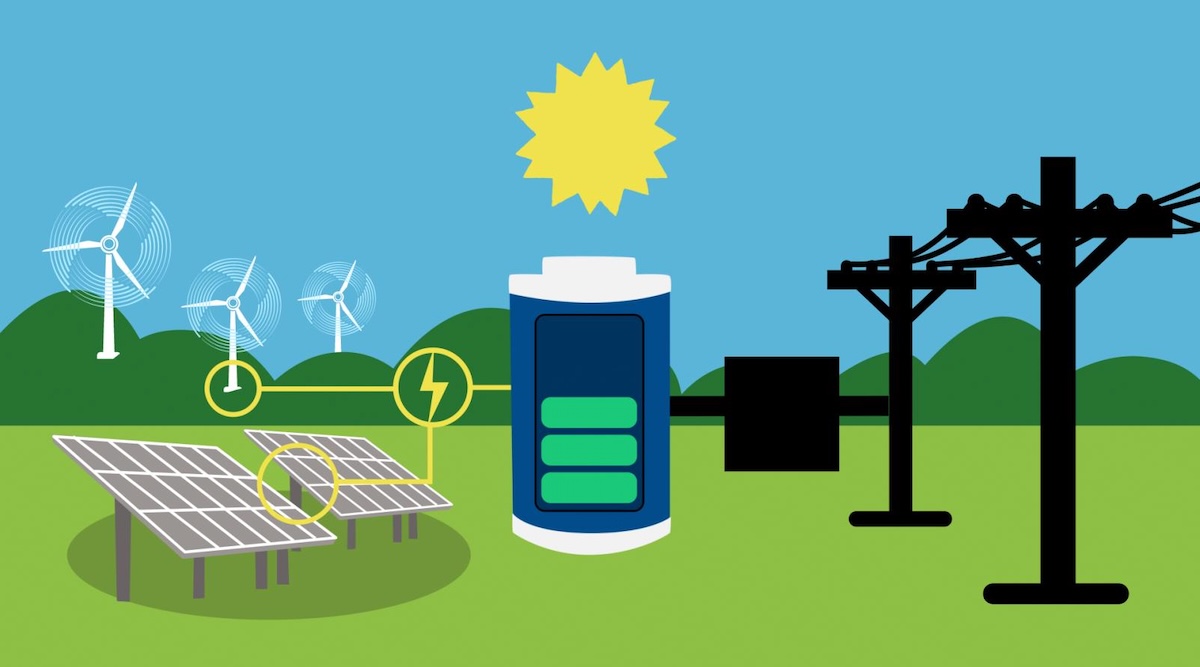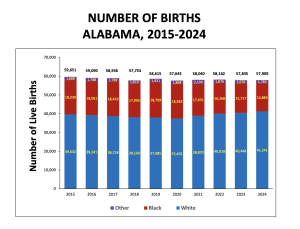WNC schools help state save millions through energy efficiency – 828 News Now

Report on North Carolina’s Energy Efficiency Achievements and Alignment with Sustainable Development Goals (FY 2024)
Executive Summary
In the fiscal year spanning July 2023 to June 2024, the state of North Carolina achieved significant financial savings and environmental benefits through the Utility Savings Initiative. By reducing energy consumption in state-owned buildings, including universities and community colleges, the state saved approximately $196 million. These efforts demonstrate a strong commitment to the United Nations Sustainable Development Goals (SDGs), particularly those concerning energy, climate action, and sustainable communities.
Key Achievements and Impacts
The statewide program has yielded substantial results, contributing to both fiscal responsibility and environmental stewardship.
- Financial Savings (FY 2024): $196 million in avoided utility costs.
- Cumulative Financial Savings (Since 2002): Over $2.3 billion.
- Carbon Emission Reductions (FY 2024): Over 1 million metric tons of CO2 emissions avoided.
- Cumulative Emission Reductions (Since 2002): 10.3 million metric tons of CO2 emissions prevented.
- Overall Energy Reduction: A 32 percent reduction in energy use across all state-owned buildings compared to baseline levels.
Alignment with Sustainable Development Goals (SDGs)
North Carolina’s energy conservation measures directly support the advancement of several key SDGs:
- SDG 7: Affordable and Clean Energy: The initiative directly addresses Target 7.3 by substantially improving energy efficiency in public infrastructure. The resulting cost savings underscore the affordability aspect of sustainable energy management.
- SDG 13: Climate Action: By preventing over one million metric tons of carbon dioxide emissions in a single fiscal year, the state is taking concrete action to combat climate change and its impacts, aligning with Target 13.2 to integrate climate change measures into national policies and strategies.
- SDG 11: Sustainable Cities and Communities: The program enhances the sustainability of public institutions, including educational facilities like Asheville-Buncombe Technical Community College. This contributes to Target 11.6, which aims to reduce the adverse per capita environmental impact of cities, including by improving air quality and municipal waste management.
- SDG 12: Responsible Consumption and Production: The 32% reduction in energy use exemplifies progress towards Target 12.2, which calls for the sustainable management and efficient use of natural resources.
- SDG 9: Industry, Innovation, and Infrastructure: The retrofitting of buildings with modern, energy-efficient technology supports Target 9.4, which aims to upgrade infrastructure to make it sustainable, with increased resource-use efficiency and greater adoption of clean technologies.
Leading Institutions and Implemented Strategies
Several institutions in Western North Carolina were noted as top performers, contributing significantly to the state’s overall success.
Top Performers
- UNC System Office (82% reduction)
- Coastal Carolina Community College (61% reduction)
- Asheville-Buncombe Technical Community College (noted among top performers)
Key Strategies for Energy Reduction
- Upgrades to LED lighting systems.
- Implementation of advanced building automation systems.
- Enhancements to HVAC (Heating, Ventilation, and Air Conditioning) systems.
- Improvements to building envelopes to increase insulation and reduce energy loss.
Analysis of SDGs, Targets, and Indicators
1. Which SDGs are addressed or connected to the issues highlighted in the article?
-
SDG 7: Affordable and Clean Energy
- The article’s central theme is energy efficiency, directly aligning with SDG 7. It details how North Carolina’s public institutions are “cutting energy use” and making buildings “more energy efficient.” This focus on reducing energy consumption is a key component of ensuring sustainable energy.
-
SDG 11: Sustainable Cities and Communities
- The initiative targets “state-owned buildings,” including “universities and community colleges,” which are essential infrastructure within communities. By improving the energy efficiency of these public buildings, the program contributes to creating more sustainable and resilient community infrastructure. The reduction in emissions also improves the environmental quality of these communities.
-
SDG 12: Responsible Consumption and Production
- The article highlights the efficient use of resources, specifically energy. The “Utility Savings Initiative” promotes reducing consumption, which is a core principle of SDG 12. The reported “$2.3 billion in utility costs” avoided since 2002 demonstrates a significant shift towards more responsible consumption patterns in the public sector.
-
SDG 13: Climate Action
- A major outcome discussed is the environmental benefit, specifically the reduction of greenhouse gas emissions. The article explicitly states that “More than 1 million metric tons of carbon dioxide emissions were avoided in fiscal year 2024.” This directly addresses the need for urgent action to combat climate change and its impacts.
2. What specific targets under those SDGs can be identified based on the article’s content?
-
Target 7.3: By 2030, double the global rate of improvement in energy efficiency.
- The article provides clear evidence of progress toward this target at a state level. The report of an “overall 32 percent reduction in energy use over baseline levels” in all state-owned buildings is a direct measure of improved energy efficiency.
-
Target 11.6: By 2030, reduce the adverse per capita environmental impact of cities, including by paying special attention to air quality and municipal and other waste management.
- The reduction of “1 million metric tons of carbon dioxide emissions” is a direct contribution to lowering the adverse environmental impact of the communities where these public buildings are located. This action helps improve overall environmental quality.
-
Target 12.2: By 2030, achieve the sustainable management and efficient use of natural resources.
- The entire “Utility Savings Initiative” is an example of achieving more efficient use of natural resources (energy). The article details how this is accomplished through “LED lighting upgrades, building automation systems, HVAC enhancements and improvements to building envelopes.”
-
Target 13.2: Integrate climate change measures into national policies, strategies and planning.
- The article describes a state-level program, the “Utility Savings Initiative,” and mentions “Executive Order 80” as the policy framework guiding these efforts. This demonstrates the integration of climate change mitigation measures (energy efficiency) into state-level strategies and planning.
3. Are there any indicators mentioned or implied in the article that can be used to measure progress towards the identified targets?
-
Indicator for Energy Efficiency (related to Target 7.3):
- The article provides a direct indicator: the percentage reduction in energy consumption against a baseline. It states, “all state-owned buildings achieved an overall 32 percent reduction in energy use over baseline levels.”
-
Indicator for Financial Savings (related to Targets 7.3 and 12.2):
- The article uses monetary savings as an indicator of efficiency. It reports that North Carolina “saved nearly $200 million in taxpayer dollars last fiscal year” and has avoided “$2.3 billion in utility costs” since 2002.
-
Indicator for Climate Action (related to Targets 11.6 and 13.2):
- The article explicitly mentions the volume of greenhouse gas emissions avoided as a key performance indicator. It quantifies this progress by stating, “More than 1 million metric tons of carbon dioxide emissions were avoided in fiscal year 2024,” and “10.3 million metric tons have been prevented since 2002.”
Summary Table of Findings
| SDGs | Targets | Indicators |
|---|---|---|
| SDG 7: Affordable and Clean Energy | 7.3: Double the global rate of improvement in energy efficiency. | Percentage reduction in energy use: “an overall 32 percent reduction in energy use over baseline levels.” |
| SDG 11: Sustainable Cities and Communities | 11.6: Reduce the adverse per capita environmental impact of cities. | Volume of emissions avoided: “More than 1 million metric tons of carbon dioxide emissions were avoided in fiscal year 2024.” |
| SDG 12: Responsible Consumption and Production | 12.2: Achieve the sustainable management and efficient use of natural resources. | Cost savings from reduced utility use: “saved nearly $200 million in taxpayer dollars last fiscal year.” |
| SDG 13: Climate Action | 13.2: Integrate climate change measures into policies, strategies and planning. | Implementation of state-level programs and policies: The “Utility Savings Initiative” and “Executive Order 80” are mentioned as the guiding frameworks. |
Source: 828newsnow.com
What is Your Reaction?
 Like
0
Like
0
 Dislike
0
Dislike
0
 Love
0
Love
0
 Funny
0
Funny
0
 Angry
0
Angry
0
 Sad
0
Sad
0
 Wow
0
Wow
0








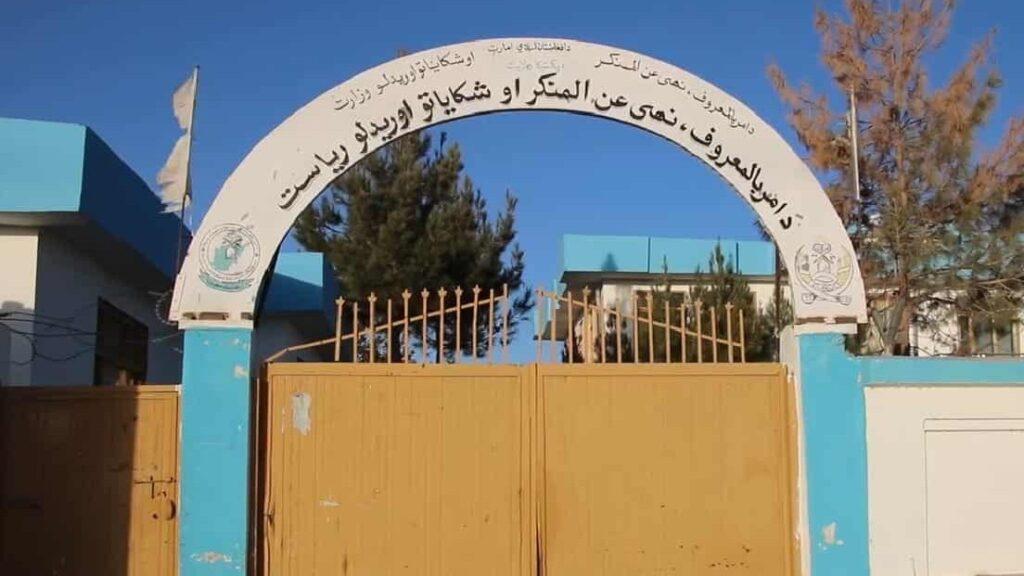






;Resize=805#)


